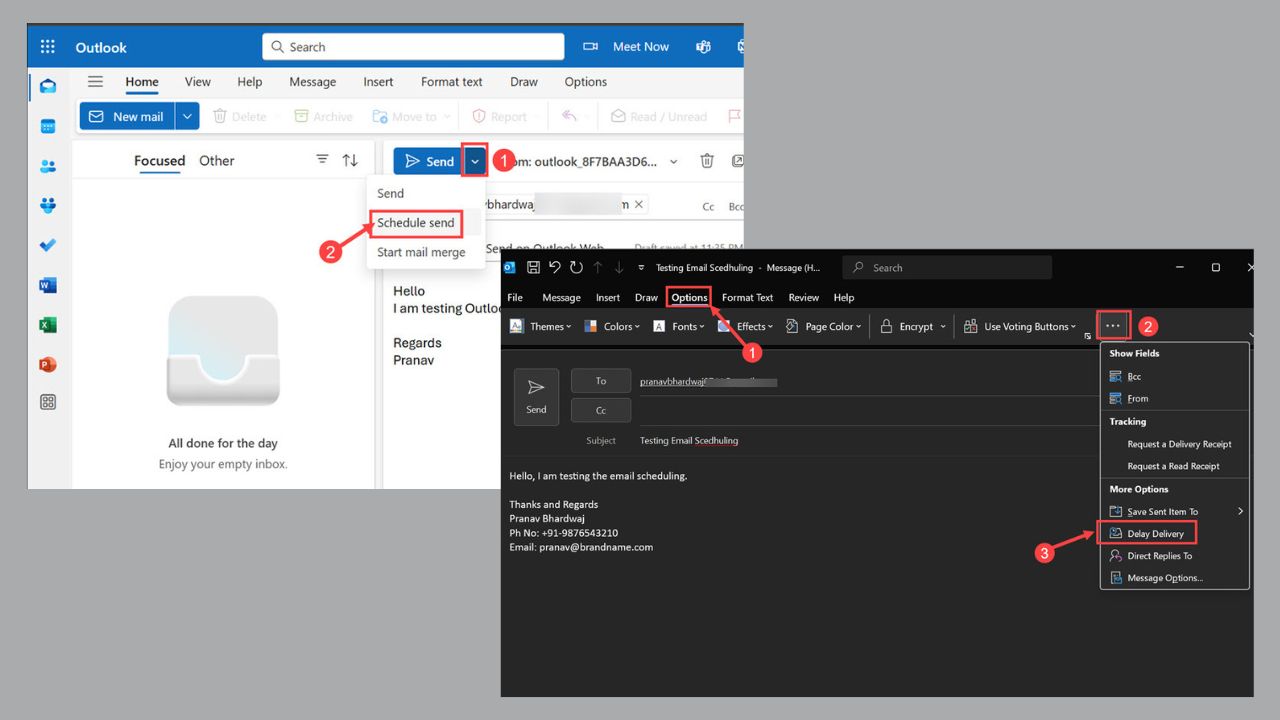High socmed use linked to low satisfaction among adolescents at certain stages- research
3 min. read
Published on
Read our disclosure page to find out how can you help MSPoweruser sustain the editorial team Read more

New research shows that the link between social media use and life satisfaction among adolescents is stronger during their puberty years and when they are about to leave their homes. During these periods, high social media use was reportedly linked to lower life satisfaction one year later.
The study was made amid the uncertainties of how social media use is related to well-being, especially in this era when technological developments have altered how people communicate and how they spend time and portray themselves. This study was published in Nature Communications and was authored by Amy Orben, Andrew K. Przybylski, Sarah-Jayne Blakemore, and Rogier A. Kievit.
The researchers suggested that this relationship between well-being and social media could be better understood using the developmental lens because there were certain stages when individuals are more sensitive to the impacts of social media, both the good and the bad. Adolescence (10-24 years) is one of these stages. This stage is characterized by profound cognitive, biological, and social changes that interface with social media in interesting ways, according to Orben, who leads the Digital Mental Health Program of the University of Cambridge.
The study involved two data sets which comprised 84,011 participants in the United Kingdom from the ages of 10 to 80 years. Further, there had been longitudinal analyses of data coming from 17,409 participants aged 10 to 21 years.
Findings show that both very high and very low social media use among people at the age of 16-21 are linked to lower life satisfaction. As for individuals from 10 to 15 years, use of social media did not show much difference in life satisfaction. However, it is notable that in this particular group, the girls who reported high social media use had lower life satisfaction than the boys.
The longitudinal analysis shows that during early adolescence, there are different age windows for boys and girls when high social media use is linked to lower life satisfaction a year later. For boys, this is 14-15, and for girls, it is 11-13. These windows appear to map the age of puberty for boys and girls, considering the earlier onset of puberty for the latter. Another window when the link between social media and life satisfaction had been noted was at the age of 19 (for both sexes), which represents a big social transition when most young adults in the UK leave their homes. Orben says that other studies could look further into the reasons for these windows.
Researchers, however, cautioned that the study only reports the relationship and not causality between social media use and life satisfaction. Further, the data on social media use may be inaccurate because it only relies on the participants’ self-reported use. Sadly, some companies like Meta do not give researchers access to internal data, such as the length of time people devote to the platforms. These would have helped researchers access more objective data for analysis.
Experts intend to develop policy frameworks for social media to help protect people who are most vulnerable to its effects. However, the problem needs to be fully understood to be effectively addressed, Orben said. Hence, future studies could look into identifying groups of adolescents who are most vulnerable to the negative impacts of social media.









User forum
0 messages